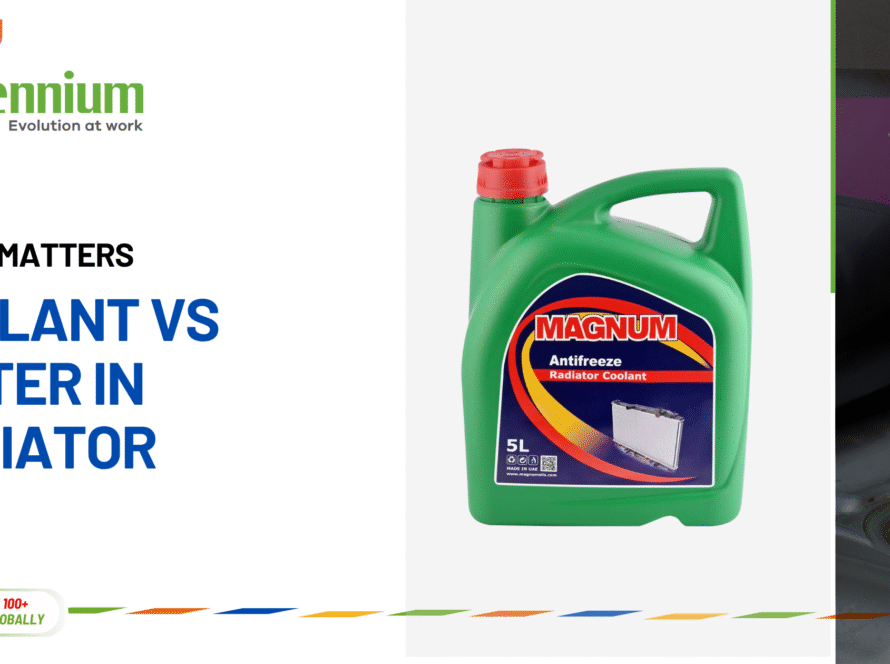Many people ask what is transformer oil and why it is so important in electrical transformers and switchgear systems.
Transformer systems require a special oil that works for insulation, cooling, and moisture protection. This oil improves the performance of the transformer and prevents faults during high voltage or power fluctuations.
In simple words, it is a clear oil that keeps the transformer safe and efficient. Be it a big industry or a power station, transformer oil helps keep the power delivery smooth.
Let’s understand what is transformer oil, how it works and which oil is right for which place. If you are using transformer oil or thinking of buying it, then it is very important to know its properties. Industries use this oil so that the transformer does not overheat and can be saved from short circuits.
This guide explains the use, types, maintenance, and safety of transformer oil in various industries.
What is Transformer Oil?
Let us now understand a little technically what is transformer oil, but in an easy way so that everyone can understand.
Transformer oil is a high-quality insulating oil that cools and insulates the internal parts of the transformer. It is a mineral-based or synthetic liquid that resists electricity and removes heat from the core. In simple words, it is a protective and cooling oil and an essential part of almost every medium to large transformer system in the world.
Transformer oil is a barricade that captures moisture and protects the insulation from impairment. If moisture gets into the transformer, a spark or damage to the insulation system is fast. These oils are specifically refined so that they remain unchanging under high temperatures and electrical pressure.
That is why transformer oil is kept sealed in an airtight tank so that it stays clean and dry. Good transformer oil remains fluid even in cold places and does not break down even in high heat.
Key Properties
The performance of transformer oil depends on many physical, chemical and electrical properties, which are checked by regular tests.
- Dielectric strength tells how well the oil insulates – the higher the strength, the more protection.
- Thermal conductivity should be high so that heat from the transformer coil and core can be transferred easily.
- Water content should be low, as excess water weakens the insulation and increases the risk of short circuits.
- The acid content should also be low; otherwise, the oil will corrode metal parts and reduce the life of the transformer.
- Oxidation resistance is also important, as oxidized oil becomes acidic and thick and can block cooling ducts.
- The flash point should be high so that the oil does not catch fire during overheating or a fault.
- The pour point is also important, especially in cold areas where the oil needs to remain fluid even at freezing temperatures.
All these properties should be tested regularly to keep the transformer safe and efficient.
Types of Transformer Oil
There are two main types of transformer oil – one mineral oil and the other synthetic oil, and both have their pros and cons.
Mineral oil is made from crude petroleum and is commonly used because it is cheaper and easily purified. Synthetic oils such as silicone or ester-based oils offer better fire resistance and environmental safety.
Mineral oils further come in two types – naphthenic and paraffinic, which depend on the hydrocarbon structure. Naphthenic oils perform better at low temperatures, while paraffinic oils are stronger in oxidation resistance. Synthetic oils are a little costly but are safer in buildings, tunnels and dense industrial areas.
Which type of oil to use depends on the type of transformer, voltage and safety standards. Therefore, climate, fire risk, environment and transformer load must be considered when choosing the right oil. Using the wrong oil can reduce performance and also increase the chance of transformer failure.
Application and Maintenance
Regular testing of transformer oil and proper maintenance increases the life of the transformer and prevents sudden failures. All industrial oils should be tested every 6 months or at least once a year, depending upon the usage conditions.
Common tests include breakdown voltage, moisture content, acidity and gas analysis to detect problems. The filtration and dehydration process cleans old oil and restores its performance.
If the test results are bad, it is best practice to replace the oil after a few years. The oil tank should be kept sealed to protect it from air and moisture. Cleaning bushings and checking for leaks should also be part of routine maintenance.
People who handle oil should wear safety gear, as hot oil or fumes can be harmful. However, online monitoring systems also help track the health of the oil and alert before a fault occurs.
Frequently Asked Questions about Transformer Oil: Guide to Functions, Types, and Applications
What does transformer oil do?
What are the types of transformer oil?
Can transformer oil catch fire?
How often should it be tested?
Summary
Now you must have clearly understood what is transformer oil, its functions, types and its role in power systems. This oil increases the life of the transformer by controlling heat and protects from electric faults.
Selecting the right oil as per your need and regular testing helps to avoid downtime. Whether you are using a high voltage or medium load transformer, clean and dry oil is a must. Fire safety is also an important factor – synthetic oil is best in crowded places.
If your business is connected to large machines or an electric supply, then oil maintenance becomes a must.



